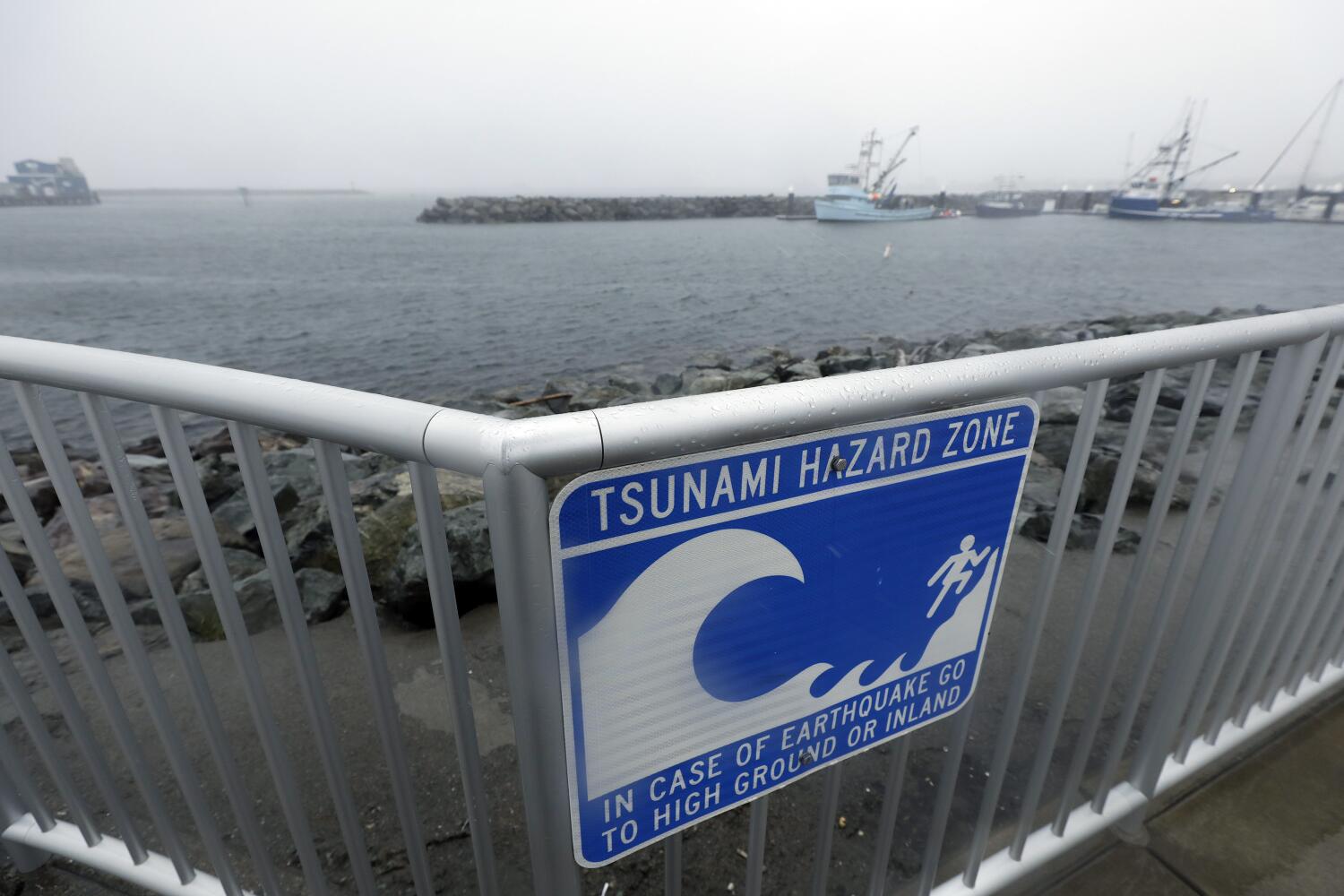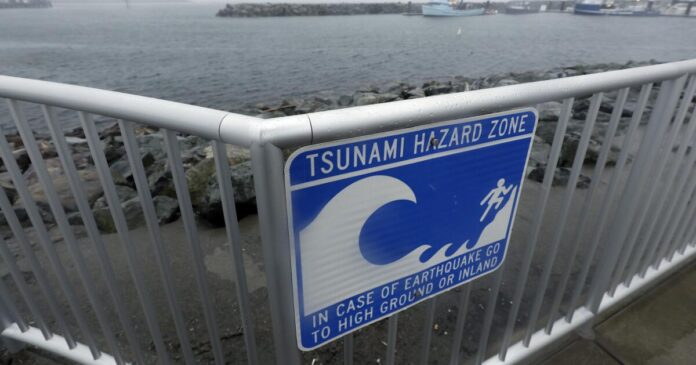
Residents across Northern California’s coast were told to quickly evacuate Thursday morning and urged to seek higher ground after a magnitude 7 earthquake off the coast of Humboldt County prompted a tsunami warning.
The alert just before 11 a.m. warned that “a tsunami with damaging waves and powerful current is possible.”
But about an hour later, the alert was canceled.
It felt to some like emergency whiplash. Others were left confused.
But officials say that they followed the correct protocol to respond to a potentially dangerous tsunami and that it was necessary to provide residents adequate time to reach safety.
“Time has to be respected to get people safe,” said Dave Snider, the tsunami warning coordinator at the National Tsunami Warning Center in Alaska.
“The No. 1 challenge with tsunamis is we know a large event has happened,” Snider said of the earthquake. “We don’t know if a tsunami is actually occurring.”
Given the size and location of the earthquake, his team immediately kicked into action their procedures for a potential tsunami, and the first step is to issue as targeted a warning as possible.
“There’s only two ways for us to know a tsunami is occurring: We have the deep ocean buoys and coastal observation stations at ports and harbors — that’s it,” Snider said. “We want to beat that wave and we want people too be away … before we’re observing that wave.”
So initially, Snider said, there was no confirmation a tsunami was headed for the West Coast, but all the ingredients for one were present. The earthquake’s proximity to the California coast made it particularly urgent to begin evacuations, because if a tsunami formed, it could strike much quicker compared with a seismic event farther out at sea, he said.
“We’re completely reactionary to the earthquake event,” Snider said.
After issuing a warning, his team spends the next 30 minutes to an hour understanding the “faulting mechanism” of the earthquake to determine how it shook the earth, confirming its magnitude and monitoring those buoys and coastal lookouts for additional signs of a growing tsunami. All those factors confirmed positive news: no major tsunami, no signs of danger. The warning was canceled.
He knows that back-and-forth can feel frustrating, but he wants people to understand that being overly prepared is better than the opposite.
“The feeling out there is, ‘Nothing happened, why did I evacuate?’” Snider said. “No, you did the right thing. … It could have moved a lot of water. We’re glad it didn’t.”
Not long after the tsunami warning was canceled, Snider said, his team determined a small tsunami — measured at 5 centimeters — did occur in Arena Cove off Mendocino County.
“Something did happen, something significant did happen on our planet,” Snider said.
For the hour when the tsunami warning remained in effect, officials in Del Norte County, Humboldt County, Mendocino County, Berkeley and San Francisco urged people on the coast to evacuate inland.
In Fort Bragg, boat owners were quickly trying to move their boats out of the harbor.
Sirens blared in Ferndale, signaling necessary evacuations.
In San Francisco, fire crews drove up and down the beaches shouting for people to “clear the beach, tsunami warning.”
Dan Beniflah was walking his dog on the beach before the fire crews arrived. He said the warning felt similar to a tsunami scare from decades ago, but he remembered that “nothing ever happened.”
Like back then, the water Thursday looked normal, he said.
Snider, however, urged people to not ignore such warnings — which remain quite rare — or head to the beach to watch the waves.
“Refresh what it means to live in tsunami country,” Snider said.
Staff writers Ruben Vives, Jessica Garrison and Hannah Wiley contributed to this report.
